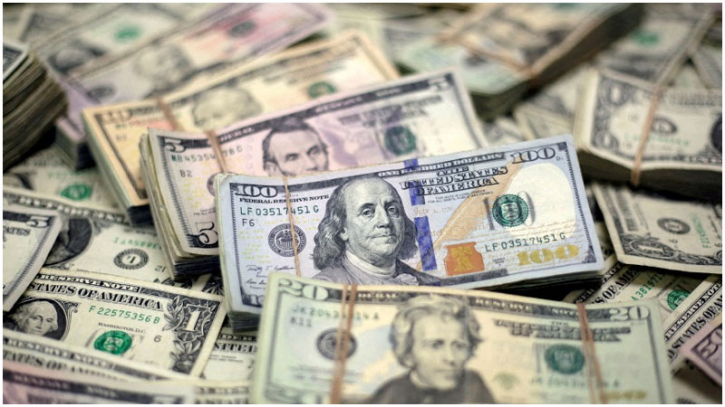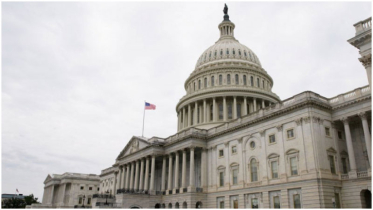Dollar slips after 4-day rally ahead of Fed meeting

The U.S. dollar eased slightly on Wednesday, breaking a four-day winning streak, as investors turned cautious ahead of the Federal Reserve’s latest policy decision. The pullback followed sharp market reactions to recent trade agreements between the U.S. and the European Union, as well as Japan.
Meanwhile, the euro edged higher, though it remained on track for its first monthly decline since December 2024. It rose 0.15% to $1.1562, recovering from a one-month low of $1.15185 touched on Tuesday. Despite the rebound, the euro is still facing pressure amid uncertainty over future European Central Bank (ECB) policy moves and the impact of new U.S. tariffs on EU goods.
The Japanese yen strengthened 0.33% to 147.98 per dollar after a powerful earthquake off Russia’s Far East coast triggered tsunami warnings across Japan’s eastern shoreline. The yen’s gains were also likely amplified by thin market liquidity, according to Christopher Wong, currency strategist at OCBC.
Overall, currency markets remained relatively subdued as traders avoided large bets ahead of key economic data and central bank meetings in the U.S., Canada, and Japan.
Investors are especially focused on the Federal Reserve’s policy outlook and Chair Jerome Powell’s remarks. Market watchers are looking for any signs of internal disagreement within the committee or shifts in Powell’s stance amid ongoing tensions with the White House. Barclays strategist Julien Lafargue noted that while a rate cut in September is still the most likely outcome, incoming economic data — starting with Friday’s U.S. jobs report — will be crucial.
The Fed is widely expected to keep interest rates steady at its meeting on Wednesday. Analysts say the selloff in U.S. assets, including the dollar and Treasuries, can be traced back to early April when trade tensions with U.S. allies escalated. However, recent trade agreements with Japan and the EU have helped calm investor nerves, signaling a renewed American commitment to global cooperation.
Attention is now turning to U.S.-China trade talks after both sides agreed to extend their 90-day tariff truce following constructive discussions in Stockholm.
While the EU has avoided major fallout from U.S. tariffs so far, economists caution that the 15% duties imposed on EU goods could weigh on the region’s growth. Nevertheless, ECB policymakers have delayed expectations for the next rate cut to March 2026, encouraged by the U.S.-Japan trade deal and the ECB’s recent hawkish signals.
“The EU has sidestepped major escalation and preserved its position relative to other exporters,” said Jefferies economist Modupe Adegbembo. He noted that the EU’s 5% baseline tariff compares favorably with the 30% imposed on Chinese goods and aligns with Japan’s 15% rate.
ECB policymaker Gabriel Makhlouf acknowledged that while the tariffs will hinder euro zone growth compared to earlier projections, the reduced risk of a broader trade war offers some relief.
The U.S. dollar index dipped 0.13% to 98.774, retreating from a five-week high of 99.143 reached on Tuesday. Despite the decline, the index remains on track to log its first monthly gain of 2025.
Investor focus will also be on Bank of Japan Governor Kazuo Ueda, as markets look for signals on the possibility of another rate hike in light of the U.S.-Japan trade deal.
.png)




